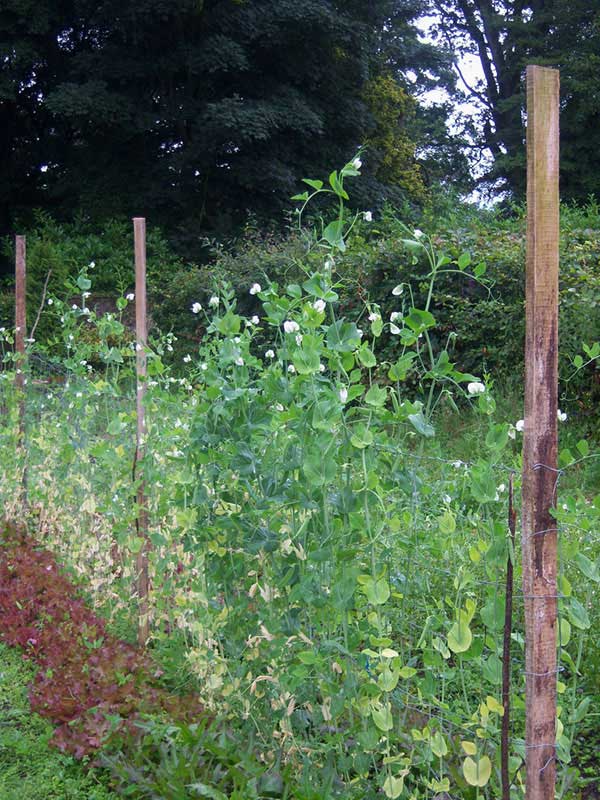As strange as it may sound. With all the nitrogen in the atmosphere, plants can not use it in the form that it floats around. For the most part, plants are dependent on certain bacteria and fungi in the soil to change the atmospheric nitrogen into a useable form. The plants then literally trade sugars and carbon molecules from their photosynthetic processes. Those bacteria and fungi need what the plant can supply, and the plant needs the bacteria and fungi as well. The plants that work with the soil and root bound bacteria and fungi to place excess nitrogen into the soil for other plants to use are known as nitrogen fixing plants. The plants deposit nitrogen pockets around their roots. Commonly seen as little white nodules on plant roots.
Some examples of Nitrogen fixing plants are:
*Please keep in mind these plants all fix nitrogen in the soil. That is why they made this list. Some plants are considered invasive in certain regions, and are fine in others. Always check before you purchase something, or start to grow it, that you are not opening up a whole other can of worms in your area.
Alder

Lupin
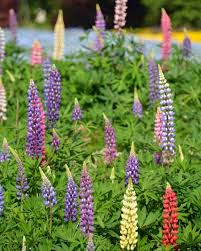
Alfalfa
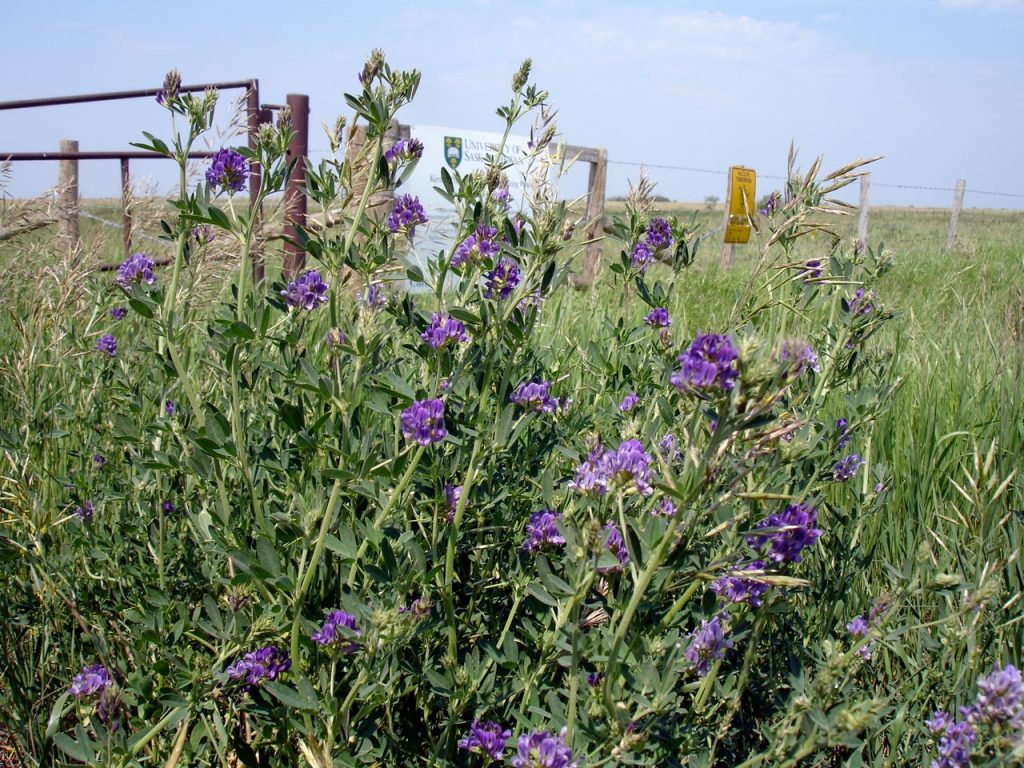
Clovers
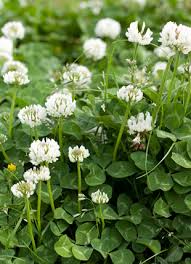
Russian Olive

Caragana
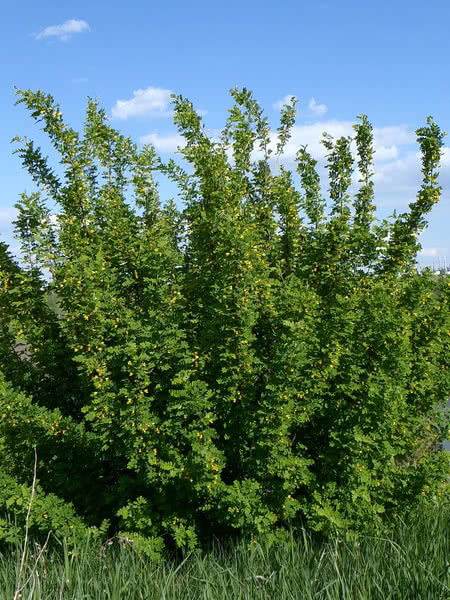
Beans (Bush, Fava, Garbanzo, Soy, Pole, etc.,)
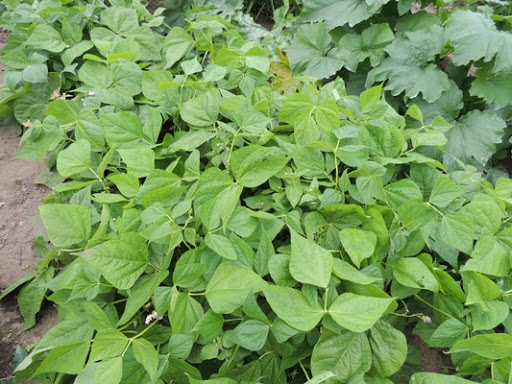
Vetches
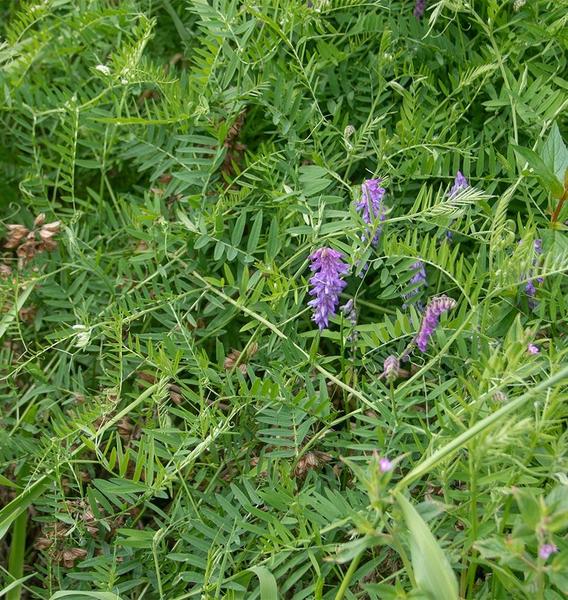
Sea Buckthorn
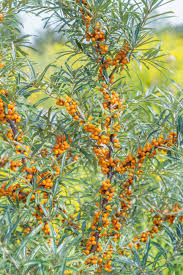
Wisteria

Peas (Cow, Sweet, Field, English, etc.,)
Click the picture above to be taken to Epic Gardening’s website. When I was looking for a picture for this page, this one came up which is his picture. The page on growing peas that the link takes you to is great. Happy DIY Home has a great page dedicated to the Pea also, definitely worth checking out. But come back! There’s lots of other good stuff here!
Wolf willow

Black locust
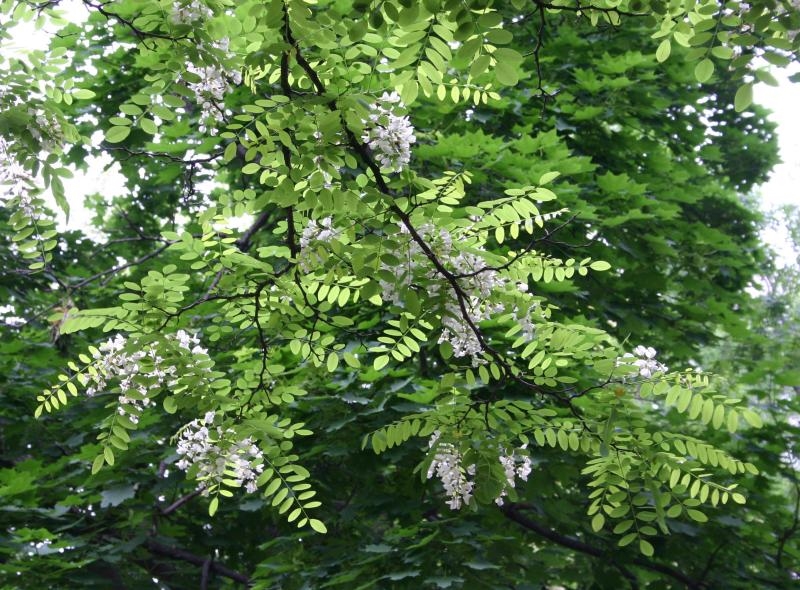
Lentils
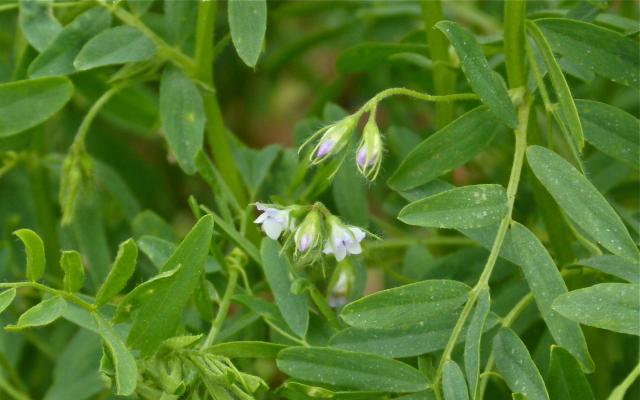
Buffaloberry
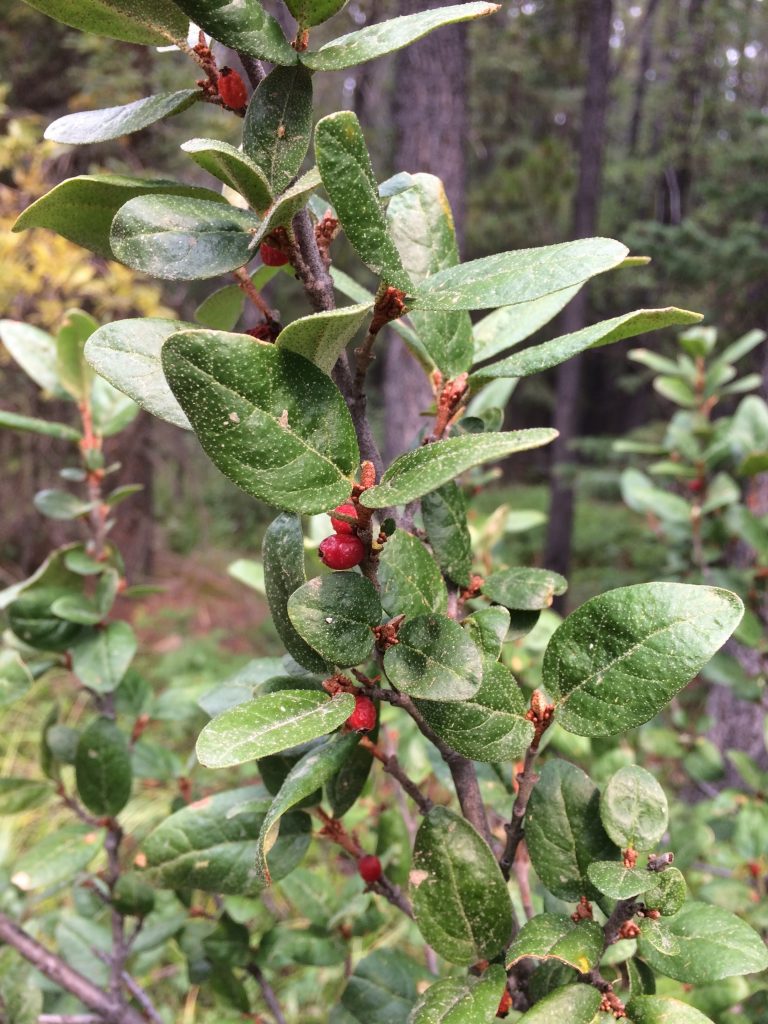
False Indigo
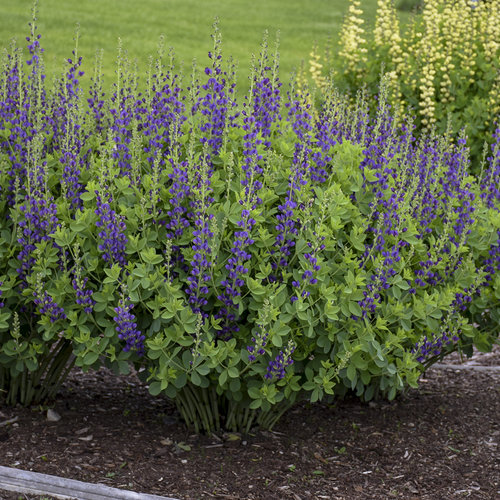
Sun Hemp
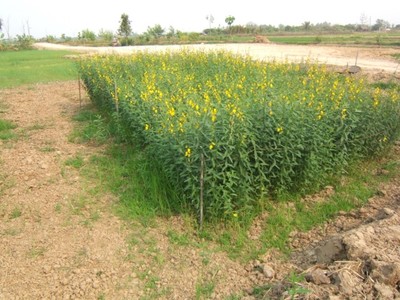
American Groundnut
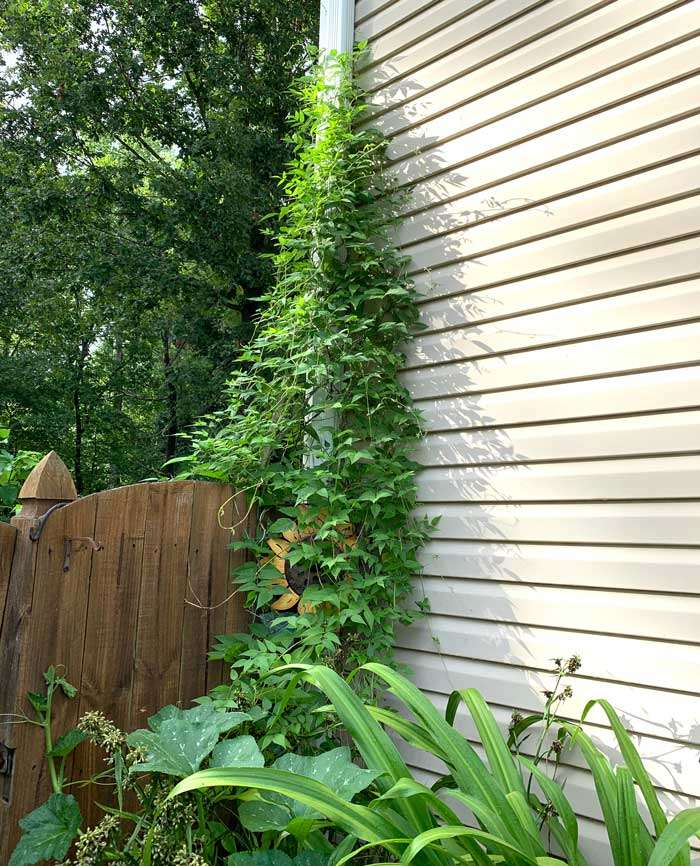
For more information on plants that can perform specific duties in your garden check out the Plants with a Purpose page.
